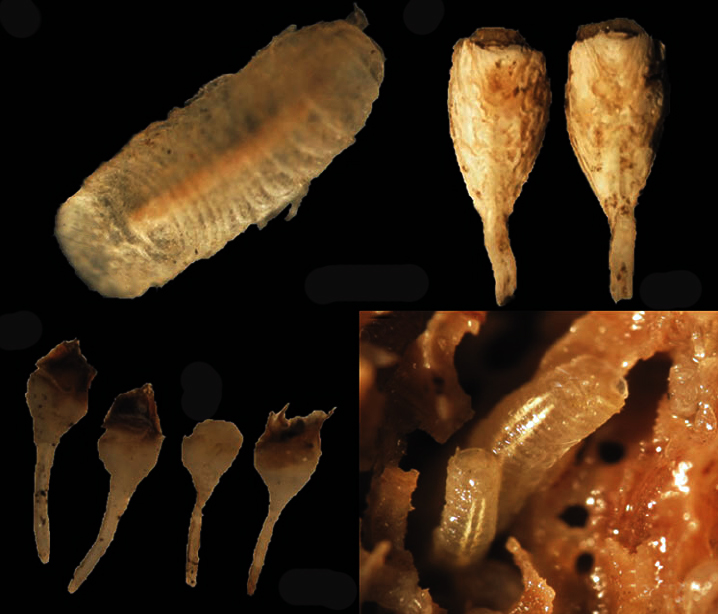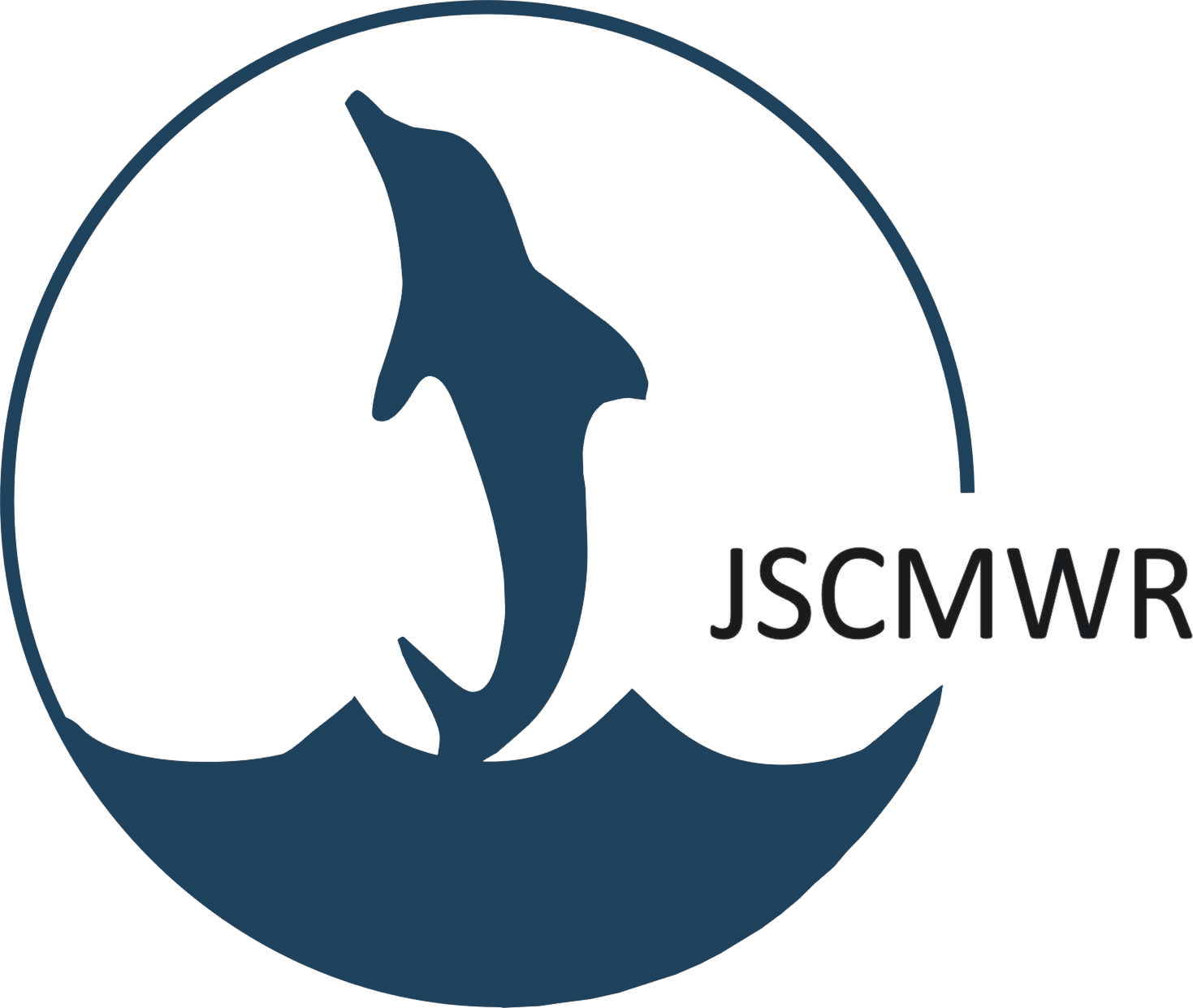Boring and Fouling Organisms in Pulicat
 Four different types of fouling organisms were encountered in Pulicat Lake. They are Balanus amphirite, Balanus verticulatus, Cellana radiate and Crassostrae madarassensis. Balanus amphirite is the dominant species followed by balanus verticulatus, cellana radiate and oyster. Pillar has more prone to fouling by marine organisms than wood (boat). Maximum number of attachment by fouling organisms is 26 nos/ 5 sq. cms and the minimum is 4 nos/ 5 sq. cms. The weight of the fouling organisms between pillar and boat, boat and wood noticed to have higher weight of the fouling organisms.Though density of fouling organisms were high in pillar and concrete structures, weight of the organisms were low. Comparing length measurement of fouling organisms in both pillar and wood revealed that most of the fouling organisms are lesser length in pillar than boat. Experiment was carried out to check the fouling activity on temporal basis in Pulicat. Same sized wood and stone was selected. In the wood one was chosen for control and the other one painted with tar and later one painted with paints. Same setup was maintained in wood too. They were hanged in the water column for the period of 45 days. All materials have elevated weight due to primary line attachment. Control sample of wood have found with some minute fouling organisms mainly barnacles.There are three types of boring organisms were encountered in Pulicat lake. Glycera alba, Barnea birmanica and Bankia rochi. Boring organisms varied from 16 (wood 1, 3rd quadrate) to 24 (wood 4, 4rd quadrate) Nos / sq. meter (Fig 8). Wood borers were in high dense in wood 2 and low in wood no 5. Quadrate wise, borer density was higher in 4th quadrate and lesser in 2nd quadrate.
Four different types of fouling organisms were encountered in Pulicat Lake. They are Balanus amphirite, Balanus verticulatus, Cellana radiate and Crassostrae madarassensis. Balanus amphirite is the dominant species followed by balanus verticulatus, cellana radiate and oyster. Pillar has more prone to fouling by marine organisms than wood (boat). Maximum number of attachment by fouling organisms is 26 nos/ 5 sq. cms and the minimum is 4 nos/ 5 sq. cms. The weight of the fouling organisms between pillar and boat, boat and wood noticed to have higher weight of the fouling organisms.Though density of fouling organisms were high in pillar and concrete structures, weight of the organisms were low. Comparing length measurement of fouling organisms in both pillar and wood revealed that most of the fouling organisms are lesser length in pillar than boat. Experiment was carried out to check the fouling activity on temporal basis in Pulicat. Same sized wood and stone was selected. In the wood one was chosen for control and the other one painted with tar and later one painted with paints. Same setup was maintained in wood too. They were hanged in the water column for the period of 45 days. All materials have elevated weight due to primary line attachment. Control sample of wood have found with some minute fouling organisms mainly barnacles.There are three types of boring organisms were encountered in Pulicat lake. Glycera alba, Barnea birmanica and Bankia rochi. Boring organisms varied from 16 (wood 1, 3rd quadrate) to 24 (wood 4, 4rd quadrate) Nos / sq. meter (Fig 8). Wood borers were in high dense in wood 2 and low in wood no 5. Quadrate wise, borer density was higher in 4th quadrate and lesser in 2nd quadrate.
